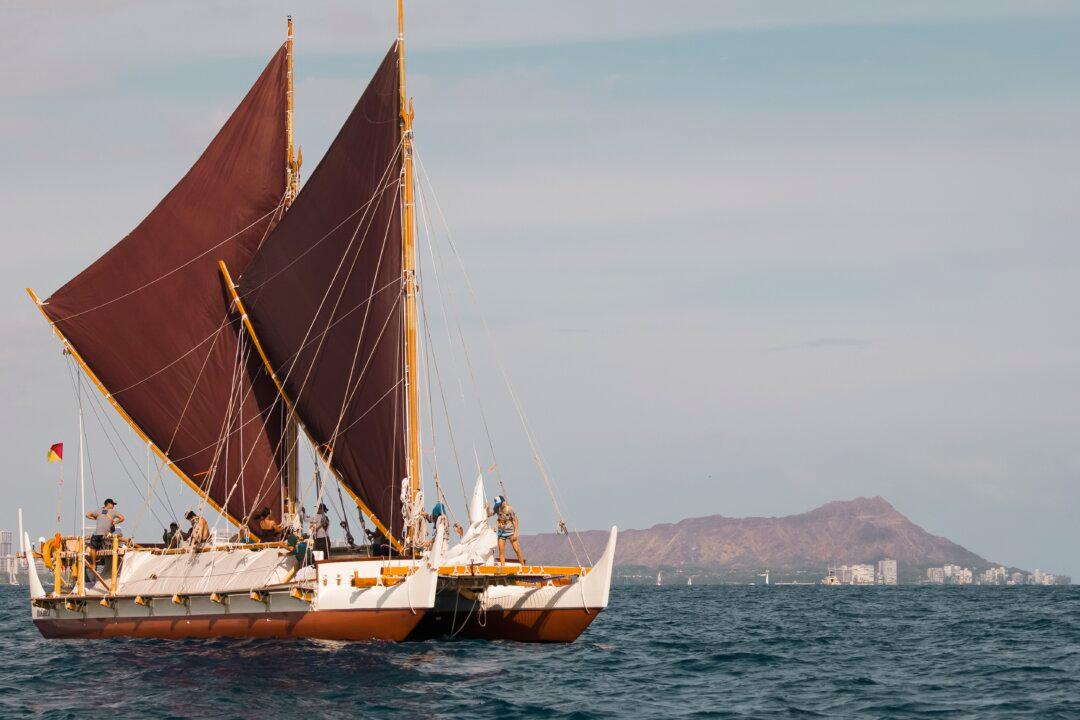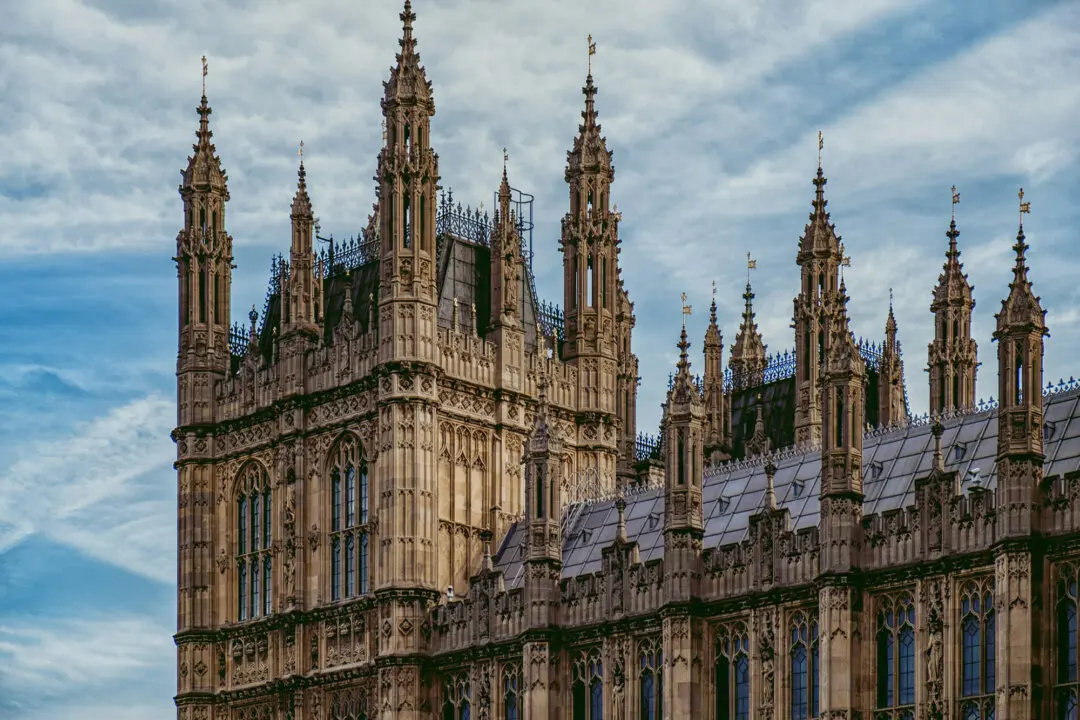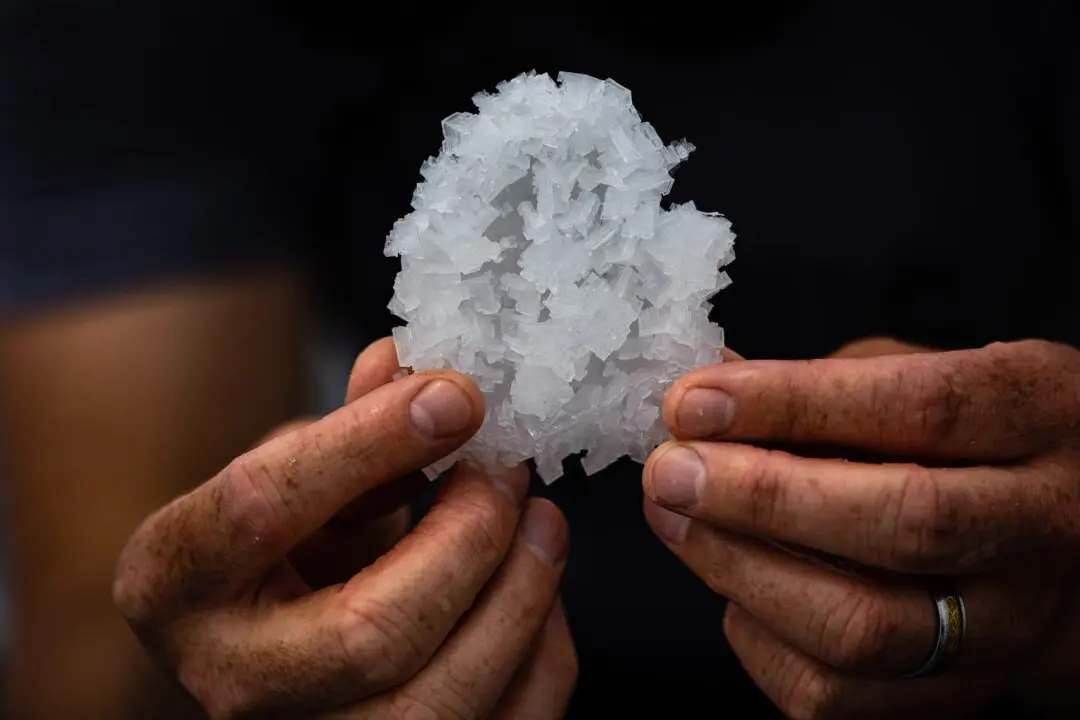Nainoa Thompson did not set out to rewrite history. He just wanted to go for an adventure.
But he accomplished both. Decades later, he’s now the most famous person in Hawaii and an icon to seafaring people around the world. Along the way, he learned a few things: Intense preparation surmounts risk. The riskiest action can be none at all. And sometimes, knowledge by itself, no matter how deep, is not sufficient.
But all that came later as he learned what’s known as “The Way of the Canoe.” First, he headed to sea on a Polynesian voyaging canoe adventure.





